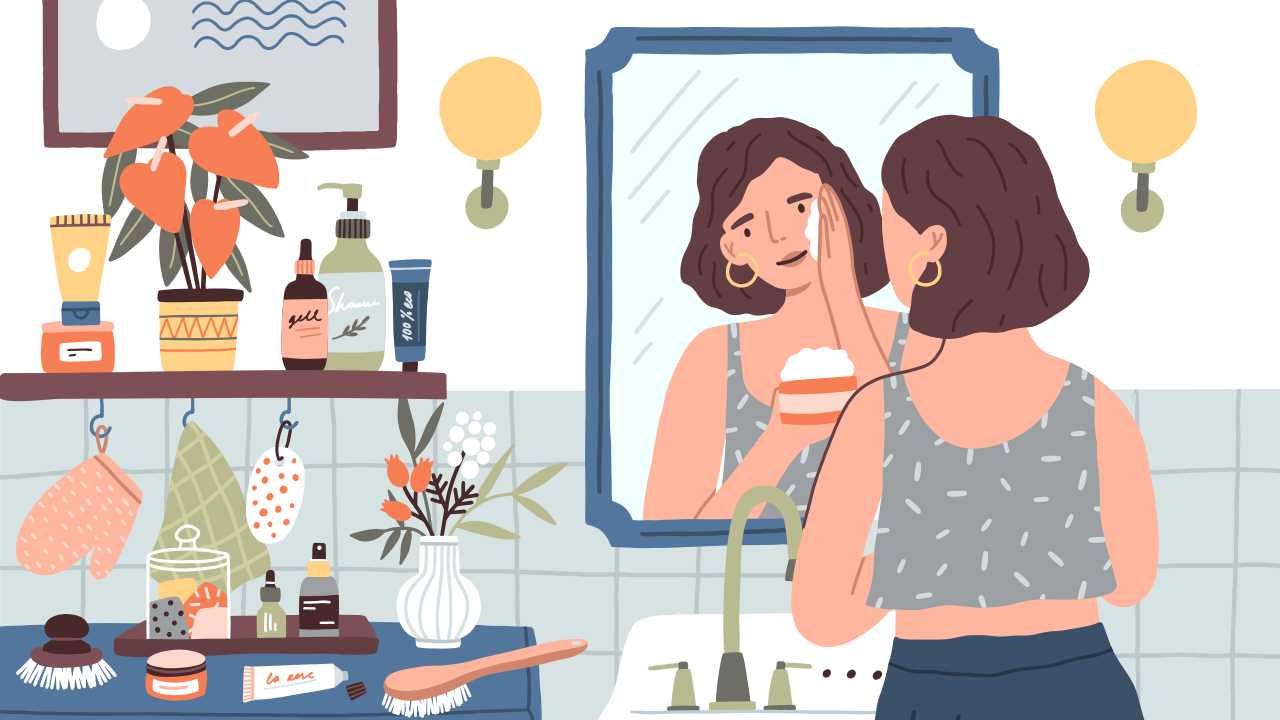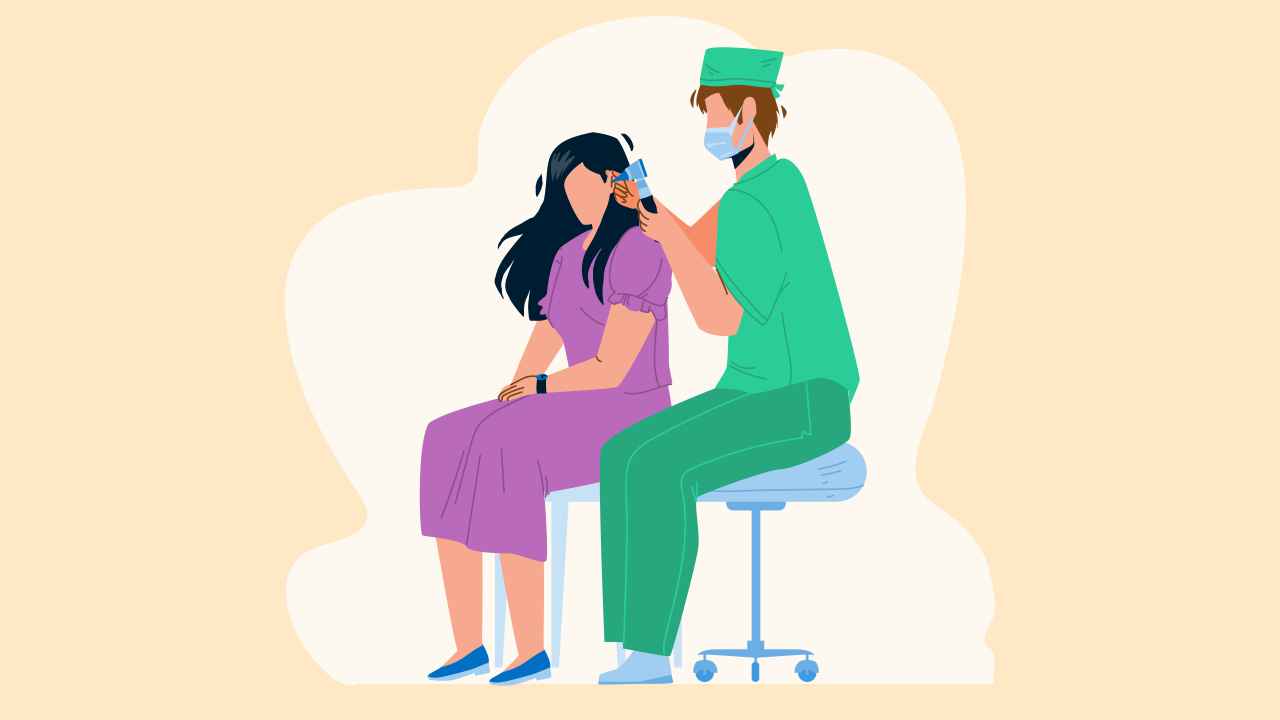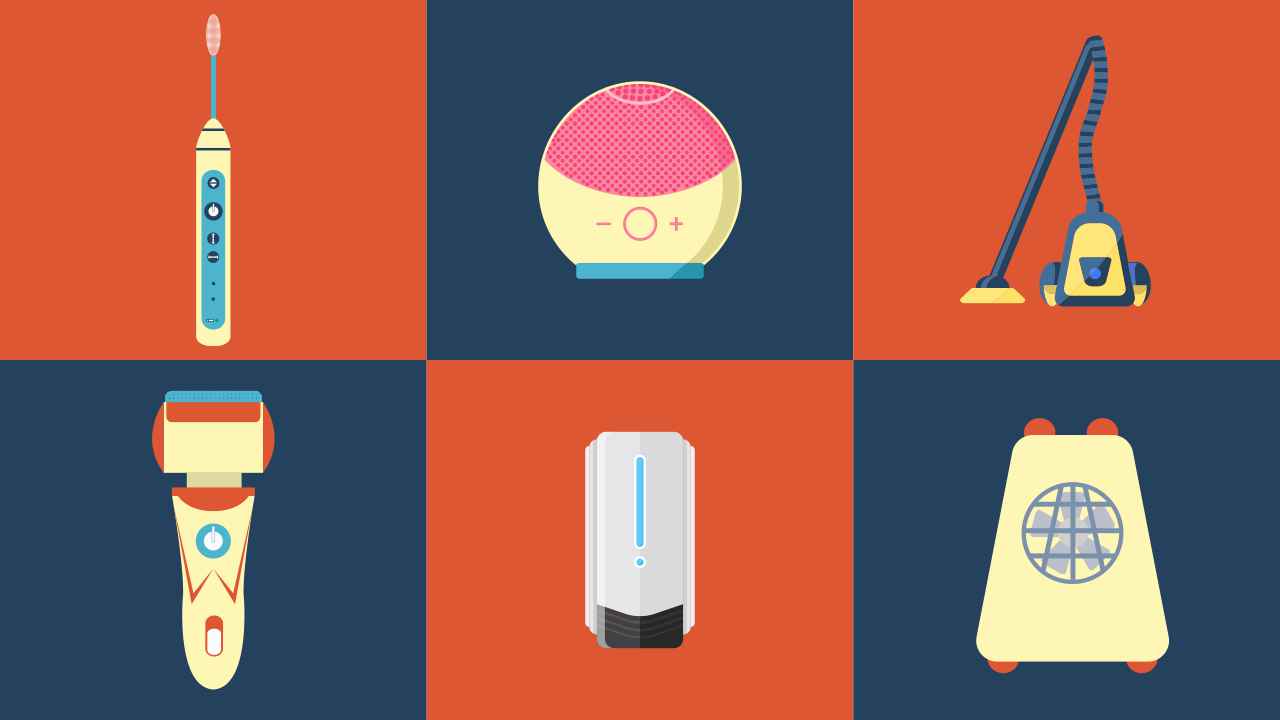
Body Hair Removal: A Guide to Different Methods

Body hair is natural and not anything to be ashamed of. Whether you want to shave your body and facial hair is entirely up to your personal discretion. Some people prefer to remove them, and if you do as well, it would be good to know about the choices you have.
Some hair removal methods are easy DIYs, while some need to be done by a professional. But, before we find out about the techniques and their pros and cons, let’s talk about different types of body hair, their functions, and how hair growth/ fall can indicate an underlying condition.
Types of body hair
Hair grows differently on each area of your body. The hair on your scalp and the hair on your earlobes are completely different. There are two types of body hair: vellus and terminal. Vellus hair, which develops in childhood, covers most of the body. This type of body hair is thinner and lighter.
Terminal body hair develops during and after puberty. It is also called androgenic hair as it grows under the influence of androgens (male sex hormones). The thickness of the hair depends on your genes and the amount of androgens. Terminal hair, which is thicker, stronger and darker, is present on the head, eyebrows, eyelashes, armpit, and the pubic region.
Functions of hair
| Hair type | Function |
|---|---|
| Head hair | 1. Regulate the temperature of brain. 2. Psychological aspect of beauty |
| Armpit hair | 1. Reduce friction by minimizing skin-to-skin contact when doing certain activities like running, walking, etc 2. Pheromone transmission (to disperse odor molecule for reproductive purposes) |
| Eyebrows | 1. Prevent sweat from entering the eyes. 2. For expressions and moods to aid in better communication |
| Pubic hair | 1. Reduce friction during sex 2. Protect from microbes 3. Pheromone transmission |
| Vellus hair | 1. Help skin to heal as they are repositories of stem cells 2. Maintain body temperature 3. Protect body from UV rays |
What does your hair tell you about your health?
Hair can indicate an underlying condition. If you have hair growing thicker and faster than usual or you experience excessive hair loss, it may be because of a health problem. Here are some of the causes:
- Androgen imbalance
Hirsutism is a condition where there is male-like hair growth in women. This is a result of excess androgens. Hair would appear above the belly button, upper chest, upper back and more than eight hairs around the nipples.
- Polycystic ovary syndrome (PCOS)
It may result in thinning or thickening of hair because of an imbalance in reproductive hormones in child-bearing age.
- Inactive thyroid
Thyroid produces a hormone that is responsible for carrying out several body functions including the development and maintenance of hair follicles. If you start losing hair on the lateral third of your eyebrow, you may be suffering from hypothyroidism (inactive thyroid gland).
- Estrogen imbalance
Estrogen impacts the growth of hair. Excessive estrogen causes hair to be thicker than usual while low estrogen may result in hair loss.
Why do people remove body hair?
Hair removal is mostly for aesthetic reasons. Unwanted hair can be a problem at times, especially if the hair is in the visible region such as the face. It can lower women’s self-esteem, make them less confident, and impact their quality of life.
People also perceive hair as unhygienic and wish to get rid of it. Armpit hair is generally removed for the benefit of hygiene. Excessive sweat and hair trap the bacteria, which may lead to bad odor.
Additionally, there is psychosocial pressure, which has pushed individuals, including men, to remove their hair. Despite the benefits of pubic hair, people believe removing it makes them confident and pleases their partner.
Besides aesthetics, hair removal can be for purely medical or surgical reasons, and religious purposes.
Hair removal methods
Temporary
Shaving
It removes the hair from the surface of the skin, so expect it to grow back faster. You can choose manual or electric razors depending on your budget. Always shave in the direction of the grain and not against it. This will prevent pseudofolliculitis and ingrown hair. Shaving can be done on arms, legs and pubic area. In the pubic region, trimming of hair is recommended. There are higher chances of infection if you shave or wax.
Tweezing
It involves pulling out hair from the root, so it takes longer for it to grow back. However, tweezing is time consuming and also makes the hair follicle prone to infection. It is generally used for shaping eyebrows.
Threading
In this process, a twisted thread is rolled over the skin to catch and pull out the hair from the follicle. Threading is faster than tweezing. It removes multiple hairs at once whereas tweezing plucks one hair at a time. But threading can be painful. It is usually done to get rid of facial hair, on the eyebrows, upper lip, chin, and neck.
Epilation
It is done using a battery-operated epilator. It removes hair from the follicle directly. It is a good option because it takes weeks for hair to regrow and epilation also makes the hair thinner. However, the process is painful. Epilation can be done on arms, legs, and bikini lines.
Hair-removal creams
Also called depilatories, hair removal creams contain chemicals that break down the hair structure. Since depilatories remove hair from the surface of the skin, this process is not painful and lasts longer than shaving. However, the chemicals can irritate your skin, so remember to do a patch test. Creams are used to remove hair from legs, arms, and upper lip.
Waxing
It is used to remove hair from the root by applying warm wax and using a cloth to pull out the hair. In the long term, hair takes longer time to regrow and is softer. Waxing can be done on any part of the body — face and even pubic area.
Permanent
Electrolysis
This needs to be done by a professional. It is a slower process, where a needle is used to short blast a current into the hair follicle. It targets one hair at a time, but does not require much follow-ups. It is less expensive than laser treatment. It can be used to remove hair from the face, neck, and underarms.
Laser
It involves destruction of hair follicles with light. It is a pain-free procedure, but is expensive and needs lots of follow-ups. It can be used to remove hair from the upper lip, chin, side locks, and bikini line.
Bleaching
This isn’t a hair removal technique but a method to conceal hair on the skin. It is a long lasting method and does not involve hair pulling. Bleaching can be done on any part of the skin, however, it may cause irritation, so make sure to do a patch test.
To remove or not to remove hair is an individual choice. If you want that silky, smooth hairless skin, you may opt for any of the hair removal methods or treatments, keeping the benefits and drawbacks in mind. And if you want to embrace body hair, go ahead and sport that natural look. Whatever you opt for, you should feel comfortable in your own skin.
References
1. Yesudian P. Human hair — an evolutionary relic? International Journal of Trichology 2011; 3: 69.
2. Patel P. Hair Removal: Different Methods to Remove Unwanted Body Hair. Femina 2019; published online Nov 19. https://www.femina.in/beauty/skin/hair-removal-different-methods-to-remove-unwanted-body-hair-43777.html (accessed Mar 1, 2021).
3. Gorman MO, Miller K. 8 Things Your Body Hair Says About Your Health, According to Doctors. Prevention 2020. https://www.prevention.com/health/a20467472/body-hair-causes/ (accessed Mar 1, 2021).
4. Kinonen S. The Science of Beauty: The Complete Guide to Body Hair. Allure. https://www.allure.com/story/body-hair-guide (accessed Mar 1, 2021).
5. Safer JD. Thyroid hormone action on skin. Dermatoendocrinol 2011; 3: 211–5.
6. <a href=”https://www.vecteezy.com/free-vector/hair”>Hair Vectors by Vecteezy</a>
7. <a href=”https://www.vecteezy.com/free-vector/vector”>Vector Vectors by Vecteezy</a>














